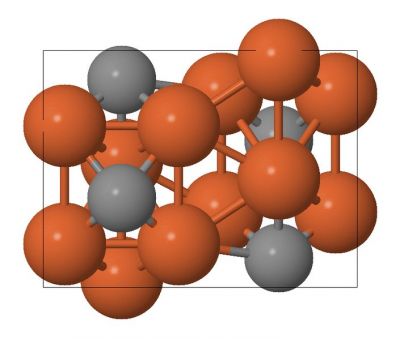Inexpensive synthesis of organic compounds

Atoms, fot. Autor Kubaello (Praca własna) [CC BY-SA 3.0
Metal-based catalysts for the production of carbon-containing compounds are an important pillar of organometallic chemistry. An evolution is underway to change from use of precious metals to more abundant and cost-effective catalysts and iron is a promising candidate.
The use of precious metals such as palladium, gold, iridium and rhodium
as catalysts has enabled tremendous advances in organic synthesis.
However, these metals are among the scarcest and most expensive elements
around. Another metal used in certain reactions is tin but this is
toxic and can be harmful from an environmental perspective.
Organic chemistry can benefit from a look at how nature makes its
molecules by harnessing the reactivity of more abundant metals to
produce carbon-containing compounds. EU-funded research investigated
iron-based catalysts for several important reaction types within the
scope of the project ‘Redox ligands and iron complexes for sustainable
catalysis’ (FESUSTCAT).
Compounds classified as heterocyclic, cyclic and containing two or
more different types of atom, are arguably the largest and most varied
class of organic compounds. Scientists studied the activity of a known
iron catalyst in cycloisomerisation reactions where a compound is
transformed into another with the same atoms but a different
arrangement. They also developed a number of novel iron catalysts and
characterised their activity in cycloisomerisation.
Methods were developed for the use of novel iron-based catalysts in
reductive radical cyclisation reactions and atom transfer radical
addition reactions. Radical cyclisation is the formation of cyclic
structures via highly reactive free radical intermediates. Atom transfer
radical addition is a way to form carbon – carbon bonds using a metal
catalyst. Both are industrially relevant reaction types. Scientists
demonstrated that iron is a viable and environmentally benign
replacement for toxic tin residues in radical reactions.
Scientists demonstrated the value of iron as a replacement for toxic
tin in radical reactions and enhanced overall understanding of the
reaction conditions supporting iron-based catalysis. Future use of iron
could enhance the safety and decrease the costs of synthetic routes to
heterocyclic compounds with important impact on the EU economy.
published: 2015-03-17